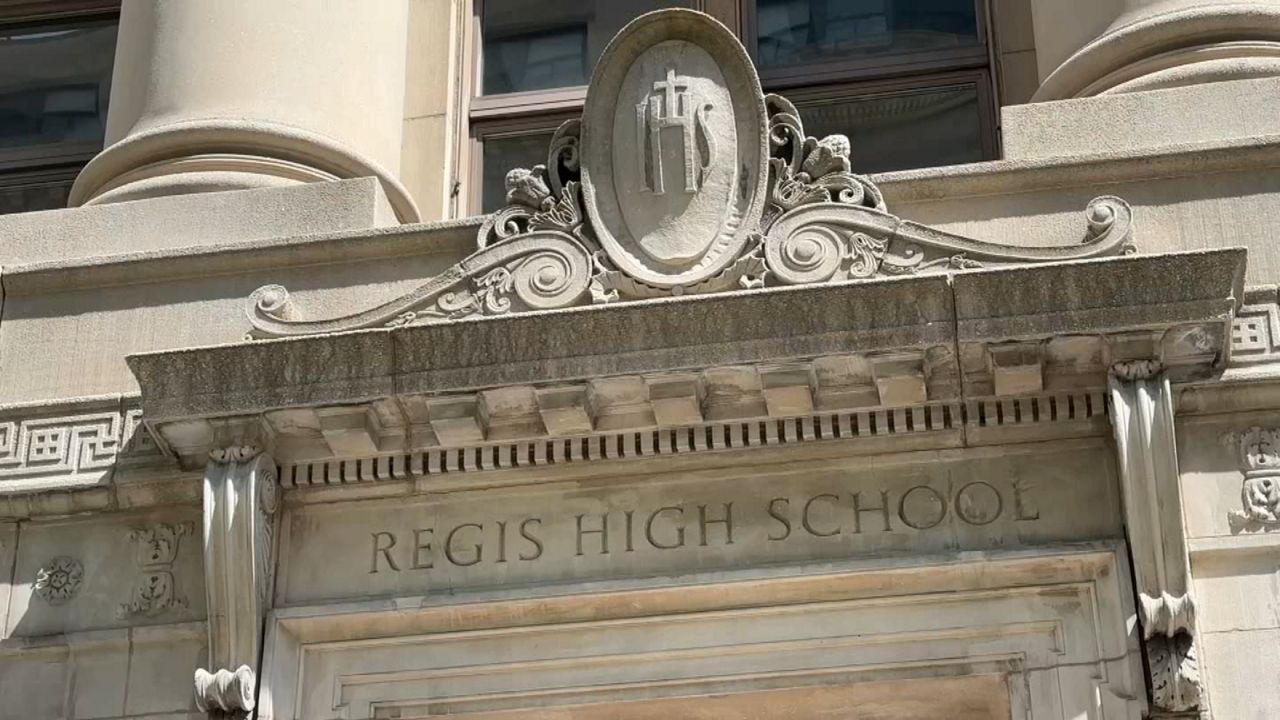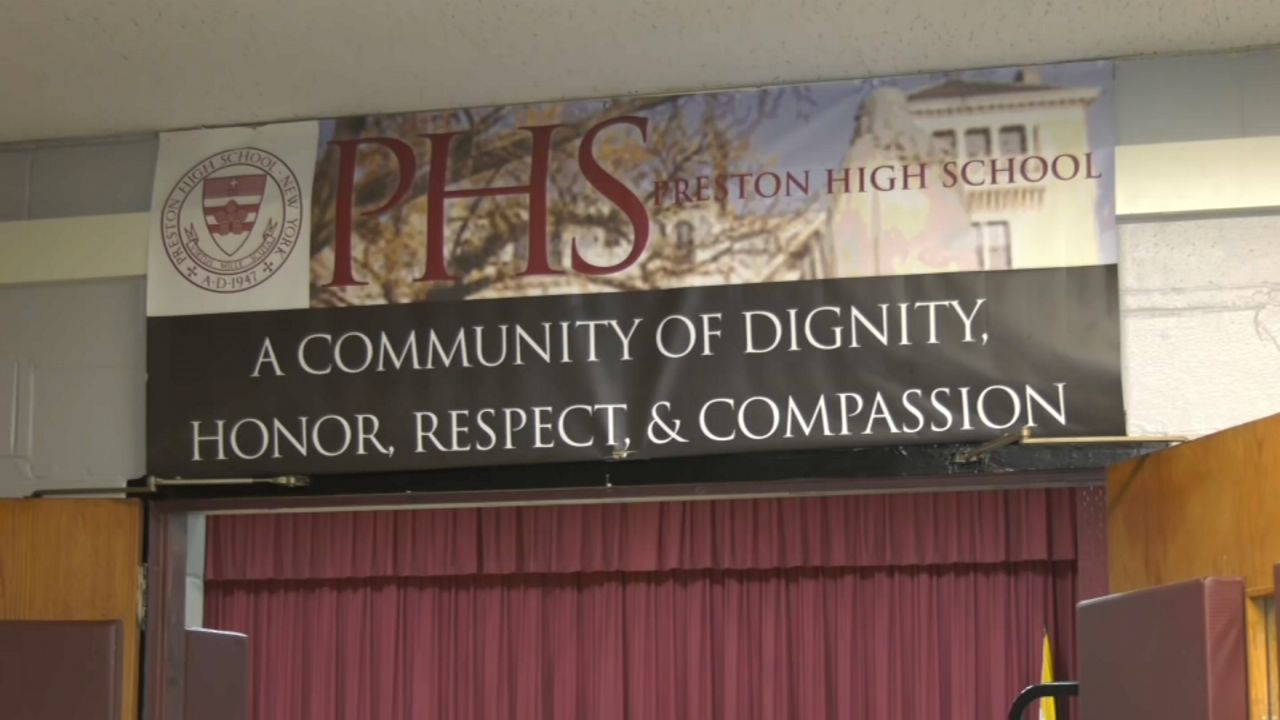The city said there are thousands of empty seats in the 3-K programs, but families and advocates argue that if those seats are not in the right places, they won't help.
Selina Ang anxiously watched her email last Thursday for a message from the education department, only to be disappointed when it finally arrived.
“Unfortunately, while we were unable to offer your child a 3-K seat at the programs you listed on your child’s application,” the e-mail began.
Ang applied to four 3-K sites near her Brooklyn home for her daughter, Quinn, but she wasn’t admitted to any of them.
The education department said 6% of the 43,000 applicants for a 3-K seat were not matched to any of the choices on their applications, which is more than 2,500 families.
“We were wait-listed on all of the programs that we applied to. And some of our top choices were waitlist positions of over 100,” Ang said.
The education department insists it’s not for a lack of seats. There are 52,000 seats for the 43,000 applicants, meaning there are 9,000 empty.
The DOE said it will work with families to find them placements.
But for working parents like Ang, if those seats aren’t near home, they’re not very helpful. While she could have applied to more programs, she picked those that made sense with her and her husband’s commutes.
“I know there was a study done in recent years about how to reallocate seats to optimize for where the demand is really present. And so it doesn’t seem like that’s been implemented. Otherwise we would see a lot more satisfied parents,” she said.
The city commissioned consulting firm Accenture to determine how to better allocate the seats it has to meet demand and reduce vacancies. The report was expected to be released in early April, but last week officials said it still is not ready.
Rebecca Bailin, the executive director of New Yorkers United for Child Care, said she has heard from hundreds of parents who didn’t get a spot, including those who applied to maximum number of programs, 12.
“They didn’t get one seat. They’ve been wait-listed for every single seat. And so this is striking a lot of panic into parents’ hearts, both for their wallets and logistically. What are they going to do?” Bailin said.
For Ang, the back-up plan is continuing to pay the hefty tuition at a private pre-school where Quinn is currently enrolled. Her younger child, Zander, is also set to start there in the fall.
“It’s immensely disappointing just because it would have been extraordinarily helpful as a family to budget for one less tuition of a large amount. Obviously, this would impact our future financial planning. It also makes us ponder the possibility of leaving New York City, which we very much love living in,” she said.






_Dnt_Budget_-_PS_Cell_Phone_Ban_Clean)
_CGPK_CUNY_Student_Protest_Encampents_2025_CG_134055132_345)

